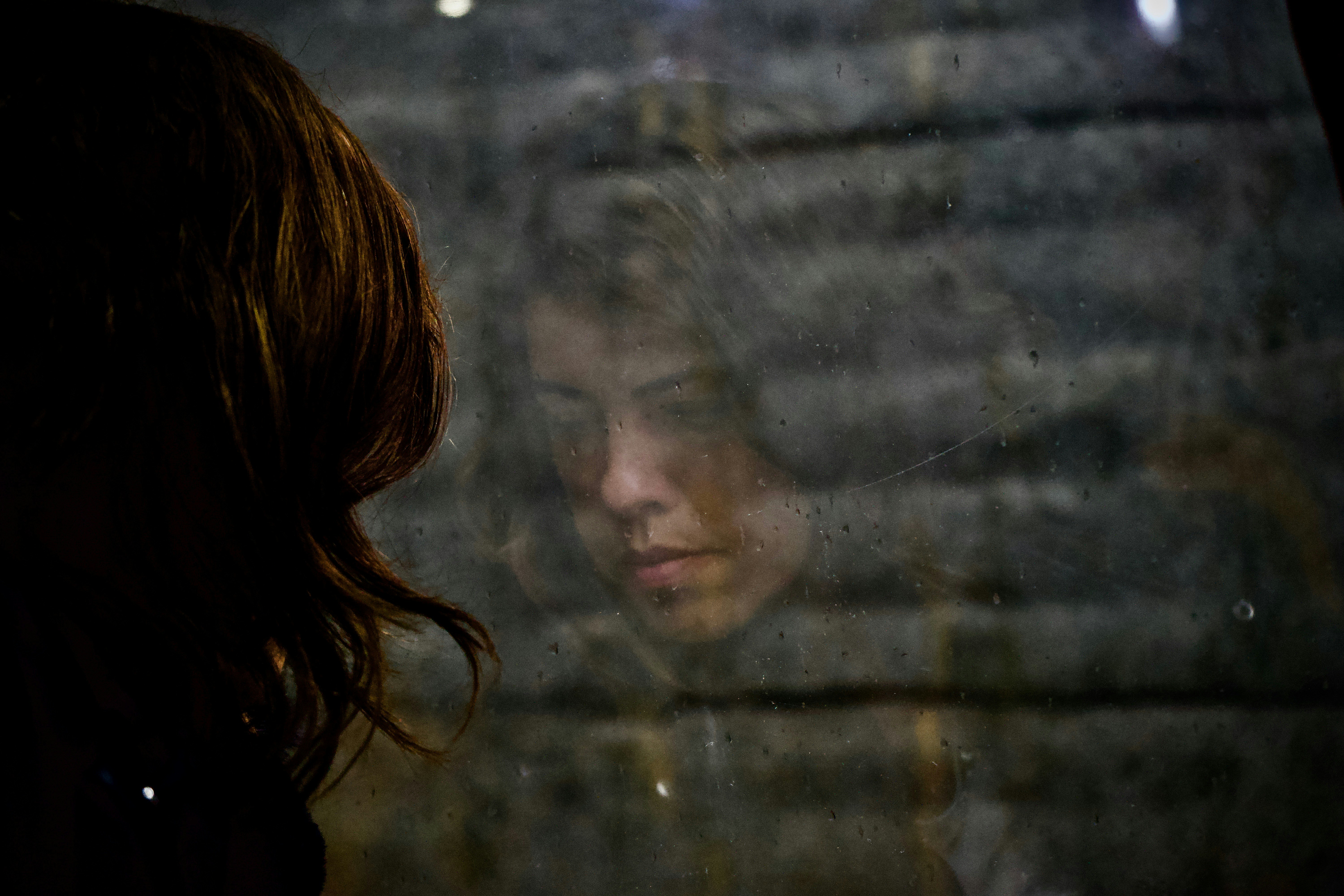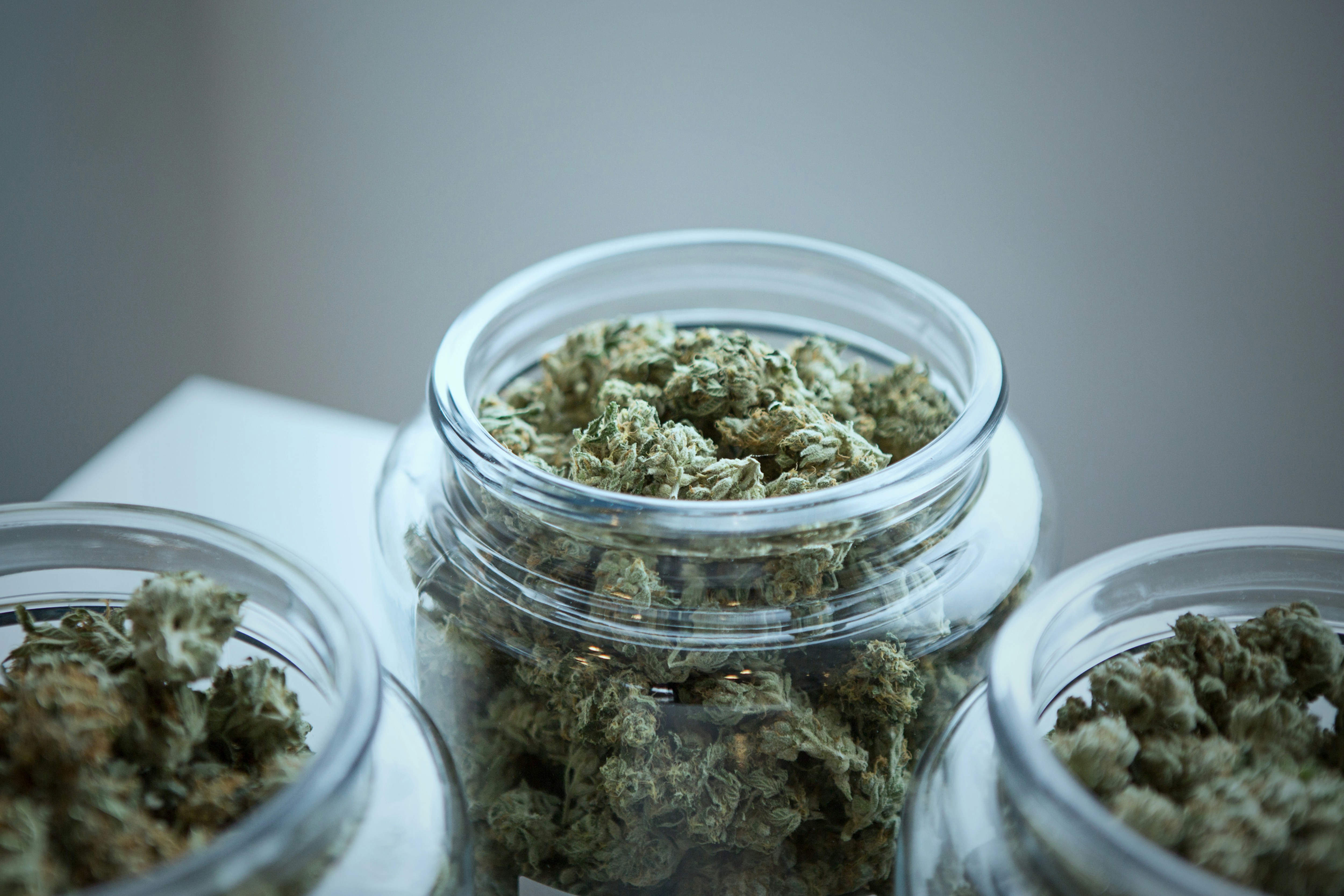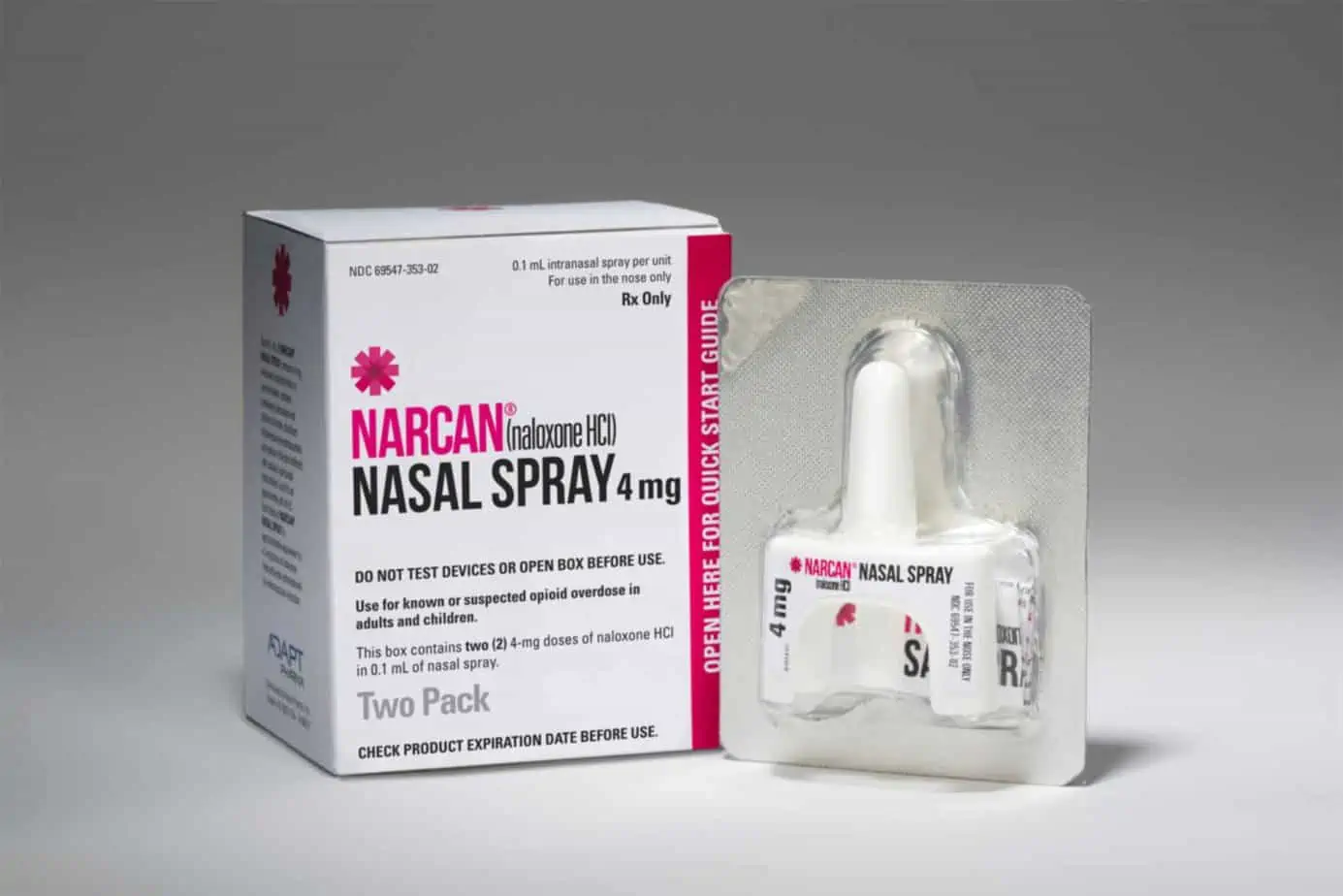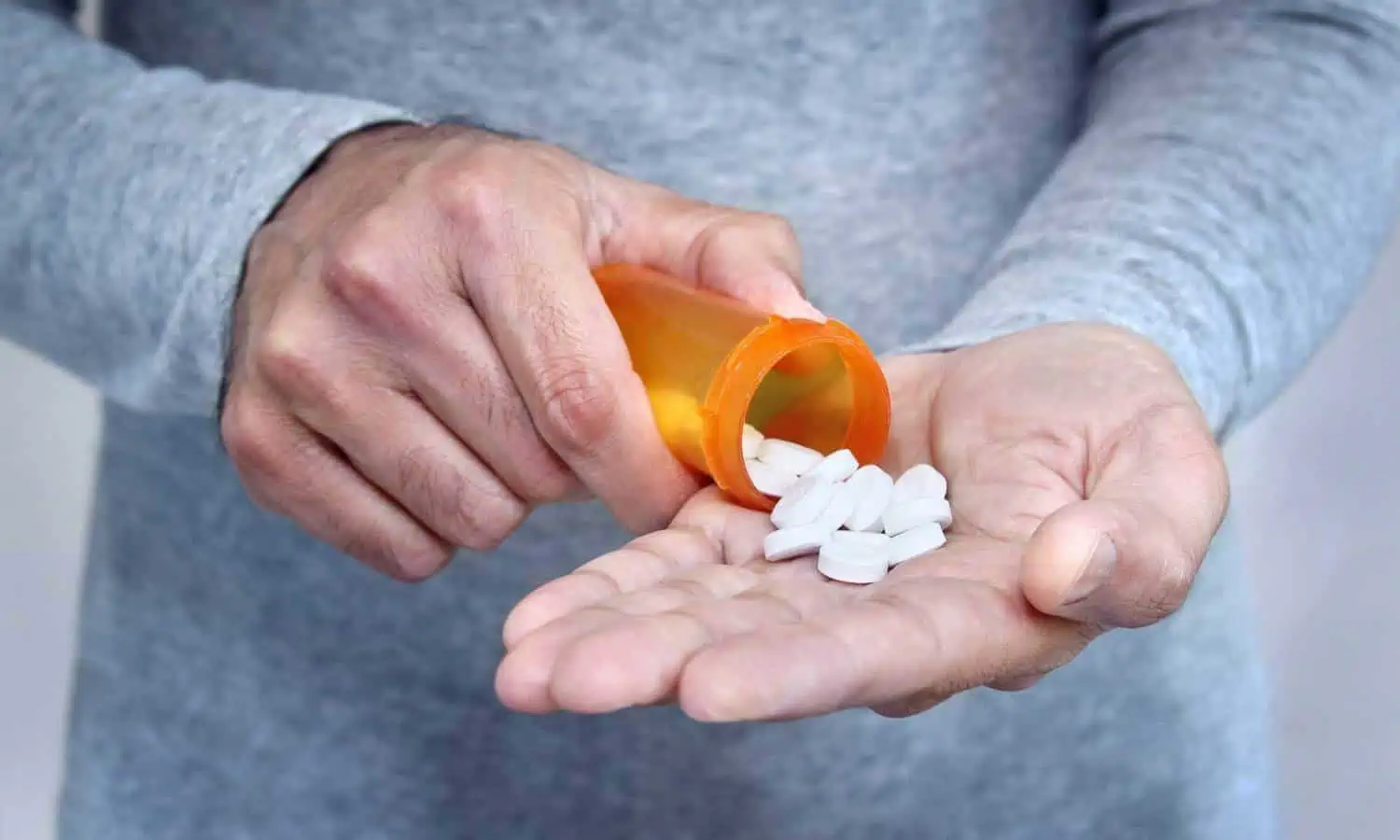The current opioid epidemic has been likened by many to today’s equivalent of the AIDS crisis. Yet, at its peak in 1995, AIDS killed 51,000 people, whereas in 2015, opioid overdoses resulted in 52,000 deaths. Currently, it is estimated that 2.5 million people in the United States are addicted to opioids. According to the Department of Health and Human Services, every day, 3,900 Americans begin to abuse opioids. And while that number appears to be slowing down, the death toll continues to rise. Since 1999, the rate of opioid-related overdoses has quadrupled, partly due to the spike in the use of fentanyl.
While opioid addiction has proved prevalent across all demographics, data shows that Baby Boomers (born between 1946 and 1964) and Millennials (born between 1982 and 1996) are disproportionately being affected by it. Studies show that Baby Boomers are 27 percent more likely than Generation X (born between 1965 and 1981) to die from prescription drug overdoses and 33 percent more likely to overdose on heroin. Millennials, in a similar vein, are 23 percent more likely to die from a heroin overdose than Generation Xers.
Opioids and Baby Boomers
While there are no concrete answers, experts believe that there are several reasons why Baby Boomers are more susceptible to opioid addiction. Some place the blame on their upbringing. Baby Boomers came of age in the 1960s, a time when drug use was taking off and beginning to be normalized in popular lore, and matured in the 1970s, when drug use was commonly glamorized in the media. And while this might be a contributing factor as to how they view drugs or their propensity to use them, most experts speculate that the real culprit behind the skyrocketing number of addicted Baby Boomers is their current age and deteriorating health.
Due to aging, many Baby Boomers suffer from chronic pain and are prescribed powerful painkillers. Unfortunately, many are unaware that their lower metabolisms are making them more susceptible to addiction. Their inability to break down drugs also makes them more likely to overdose.
Their easy access to prescriptions, alongside the combination of loneliness, boredom, and depression that can come from growing older significantly increases their risk of developing a drug problem.
Opioids and Millennials
The reasoning behind the high rates of opioid abuse among Millennials is not as clear. While Millennials’ use of other drugs has been declining, their use of opioids continues to increase. Some believe that this is because prescription medications do not have the same amount of stigma as other illicit drugs, making teens and young adults more likely to try them. And because one in three Americans are prescribed opioids, it is likely that they can find these powerful drugs in their medicine cabinet, making them easily accessible.
Another reason that could be behind Millennials’ propensity for opioids is that the use of prescription medications is often normalized in pop culture. According to researchers from the University of Pittsburgh, 33 percent of the most popular songs referenced drugs, and of those songs 68 percent referenced drugs as having a positive effect on the singer’s life. Additionally, popular shows like Skins and programming on networks like MTV and the CW show teens and young adults partying and using drugs excessively without experiencing any significant negative consequences.
And of course, there is the factor that Millennials are coming of age as the most stressed generation. It is estimated that Millennials spend roughly 20 percent of their year stressed out, making them more likely to develop anxiety and depression. In search for relief, many turn to self-medicating in the form of painkillers.
It is estimated that 12 percent of Millennials will have used prescription painkillers non-medically by the age of 20. Many who become addicted to medications go on to use heroin, as it provides the same high at a much lower price.
Obstacles to Treatment
It is undeniable that Baby Boomers and Millennials have an opioid problem, yet most are not reaching out for help. For Baby Boomers, one of the major obstacles preventing them from seeking treatment is denial. Because of their age and health, many justify their use to others and themselves. And since many live alone, they can keep their addiction hidden. Those who realize they have a problem might incorrectly assume that it is too late to change.
While reaching out for help can be particularly difficult for Baby Boomers, experts say that once in treatment, Baby Boomers have the highest success rates. And while detox may take longer for them – and can be complicated due to other prescriptions and medical issues – Baby Boomers are more willing to show up and follow the rules than other generations in treatment.
Aside from denial, in the case of Millennials, there may also exist an erroneous fear within them that getting sober when they are young will lead to a long, boring life. And of course, there is stigma, which prevents many across the board from seeking the necessary treatment due to shame and fear in admitting that they are addicted.
While the ever-rising overdose statistics can be discouraging, an end to the opioid epidemic is possible. Tighter regulations on opioid prescriptions, educating doctors on addiction, educating the community, and increasing funds available to help those in need get help are all important steps that the government must take. But on an individual level, people can make a tremendous difference by breaking down the stigma that surrounds addiction. Addiction can happen to anyone, and those struggling should not feel fear or shame in asking for help. Destigmatizing addiction will encourage many to seek the help they desperately need.
If you or a loved one is struggling with addiction, Mountainside can help.
Click here or call (888) 833-4676 to speak with one of our addiction treatment experts.

 By
By 







